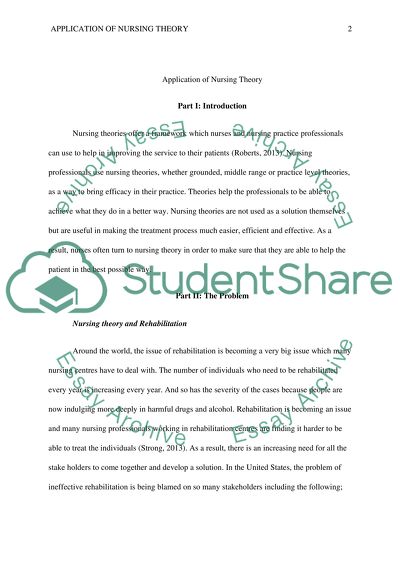Cite this document
(“Application of Nursing Theory Assignment Example | Topics and Well Written Essays - 2000 words”, n.d.)
Application of Nursing Theory Assignment Example | Topics and Well Written Essays - 2000 words. Retrieved from https://studentshare.org/nursing/1487325-application-of-nursing-theory
Application of Nursing Theory Assignment Example | Topics and Well Written Essays - 2000 words. Retrieved from https://studentshare.org/nursing/1487325-application-of-nursing-theory
(Application of Nursing Theory Assignment Example | Topics and Well Written Essays - 2000 Words)
Application of Nursing Theory Assignment Example | Topics and Well Written Essays - 2000 Words. https://studentshare.org/nursing/1487325-application-of-nursing-theory.
Application of Nursing Theory Assignment Example | Topics and Well Written Essays - 2000 Words. https://studentshare.org/nursing/1487325-application-of-nursing-theory.
“Application of Nursing Theory Assignment Example | Topics and Well Written Essays - 2000 Words”, n.d. https://studentshare.org/nursing/1487325-application-of-nursing-theory.


